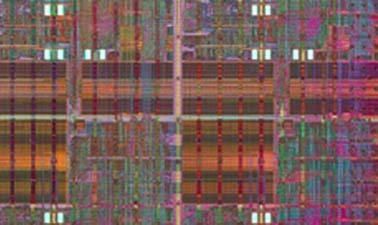
This is the first of three online Circuits and Electronics courses offered by Professor Anant Agarwal and colleagues at MIT, and is taken by all MIT Electrical Engineering and Computer Science (EECS) majors.
Topics covered include: resistive elements and networks; circuit analysis methods including KVL, KCL and the node method; independent and dependent sources; linearity, superposition, Thevenin & Norton methods; digital abstraction, combinational gates; and MOSFET switches and small signal analysis. Design and lab exercises are also significant components of the course.
Weekly coursework includes interactive video sequences, readings from the textbook, homework, online laboratories, and optional tutorials. The course will also have a final exam.
This is a self-paced course, so there are no weekly deadlines. However, all assignments are due when the course ends.
What you'll learn:
- How to design and analyze circuits using the node method, superposition, and the Thevenin method.
- How to employ lumped circuit models and abstraction to simplify circuit analysis.
- How to use intuition to solve circuits.
- Construction of simple digital gates using MOSFET transistors.
- Measurement of circuit variables using tools such as virtual oscilloscopes, virtual multimeters, and virtual signal generators.
Syllabus
Week 1: From physics to electrical engineering; lumped abstraction, KVL, KCL, intuitive simplification techniques, nodal analysis
Week 2: Linearity, superposition, Thevenin & Norton methods, digital abstraction, digital logic, combinational gates
Week 3: MOSFET switch, MOSFET switch models, nonlinear resistors, nonlinear networks
Week 4: Small signal analysis, small signal circuit model, dependent sources
